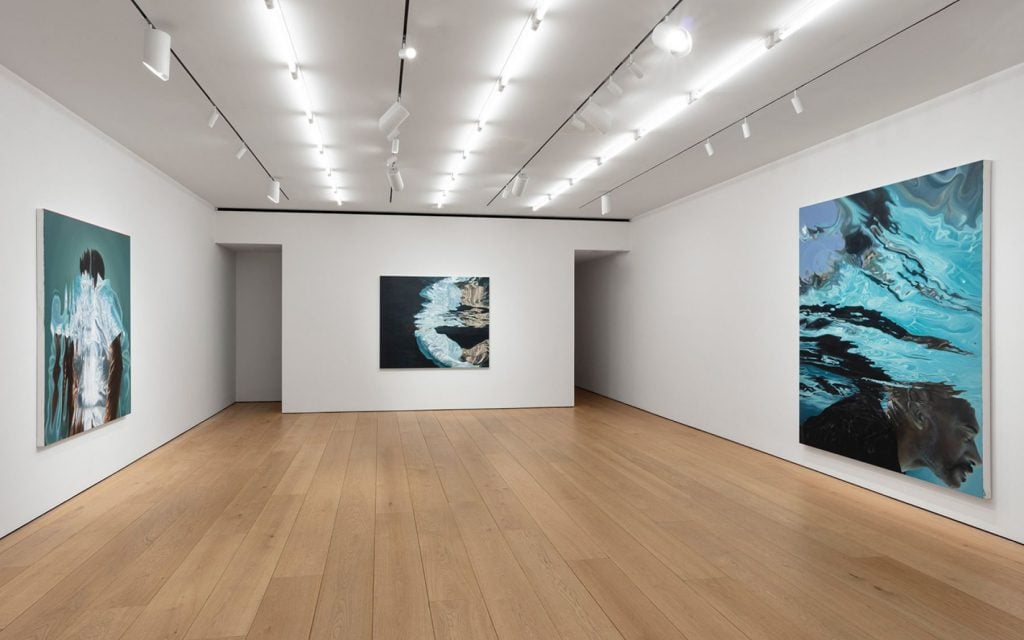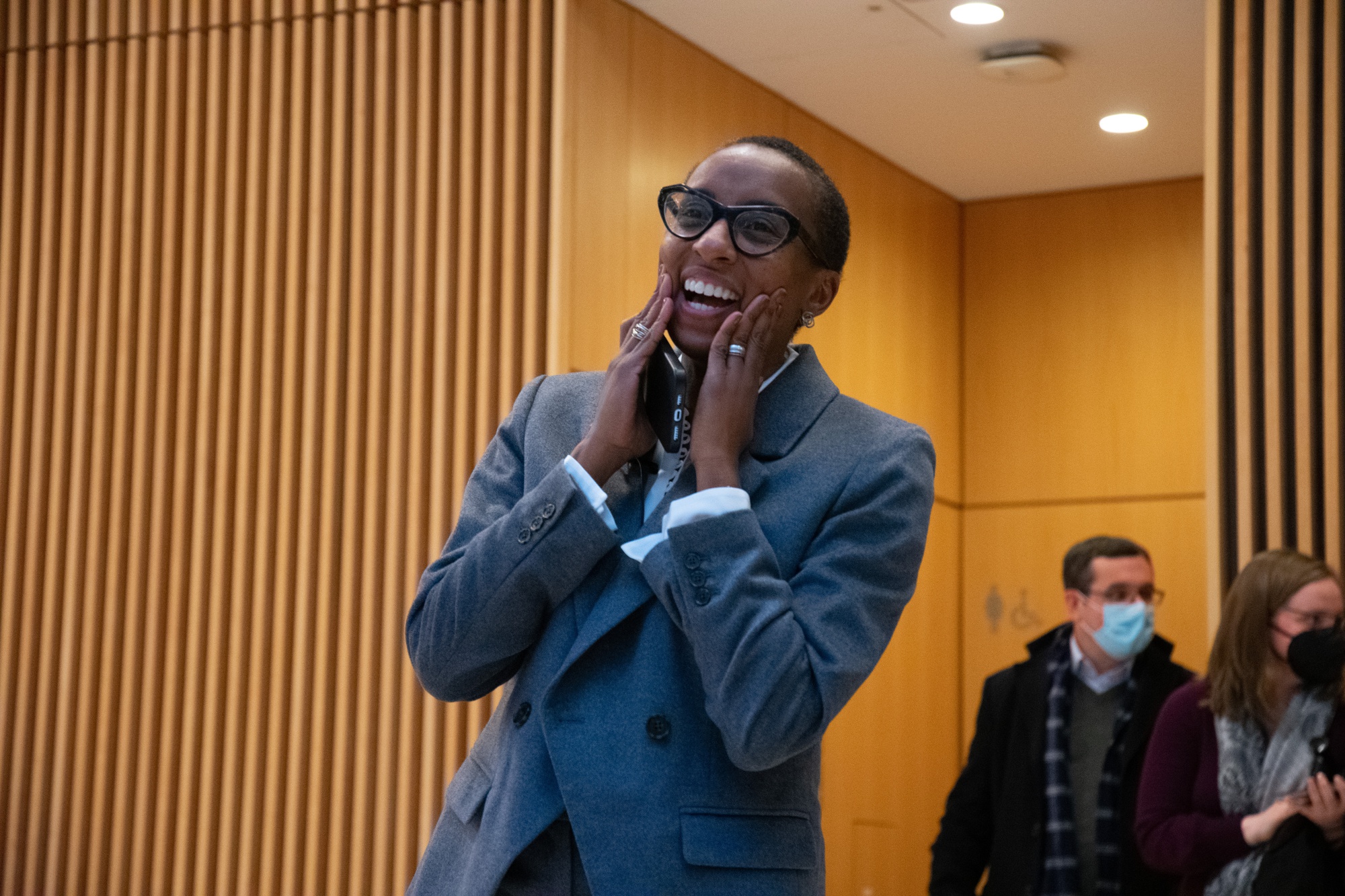Welcome to the Art Angle, a podcast from Artnet News that delves into the places where the art world meets the real world, bringing each week’s biggest story down to earth. Join us every week for an in-depth look at what matters most in museums, the art market, and much more with input from our own writers and editors as well as artists, curators, and other top experts in the field.
Today, for the 100th episode (!) of the Art Angle, we are thrilled to welcome critically acclaimed author, professor, and social commentator Roxane Gay, whose writings on feminism, politics, intersectionality, and culture have made her one of the keenest and most important observers of our time.
Gay is also an avid art collector and appreciator who has, with her wife Debbie Millman, amassed an impressive personal collection in recent years—and been outspoken about the not-always-nice nature of the New York gallery scene. In a forthcoming essay for Artnet News, Gay takes a close look at a new painting by the Los Angeles-based figurative painter Calida Rawles that recently debuted as part of her new show at Lehmann Maupin gallery in New York.
Rawles has garnered significant attention for her sensitive, photorealistic depictions of Black women and girls swimming and floating in pools—images that posit water as an allegorical space for healing while also touching on its traumatic historical significance for the Black American community, many of whose ancestors died in the Middle Passage and who, for a long time because of segregationist Jim Crow-era laws, were barred from swimming in certain bodies of water.

Installation view, “Calida Rawles: On the Other Side of Everything” at Lehmann Maupin. Photo: Daniel Kukla.
The artwork that Gay is writing about—titled High Tide, Heavy Armor—was created earlier this year and depicts a Black man who bears a strong resemblance to Kurt Reinhold, a friend of the artist’s who was shot for jaywalking in San Clemente, California, this past February. The figure is shown from above and positioned low on the canvas, his eyes downcast as a tumultuous body of water consumes the rest of the canvas. According to Rawles, the water offers a kind of topographical mapping of the killings of Black Americans, outlining several states where the numbers were highest.
It is a poignant and arresting image, encompassing Rawles’s thoughts and feelings about the past few years. And in many ways, it marks a departure from her previous work. This week, Artnet News style editor Noor Brara speaks to Roxane Gay about these themes, Rawles’s piece specifically, and her visceral, personal connection to it.
Follow Artnet News on Facebook:
Want to stay ahead of the art world? Subscribe to our newsletter to get the breaking news, eye-opening interviews, and incisive critical takes that drive the conversation forward.








